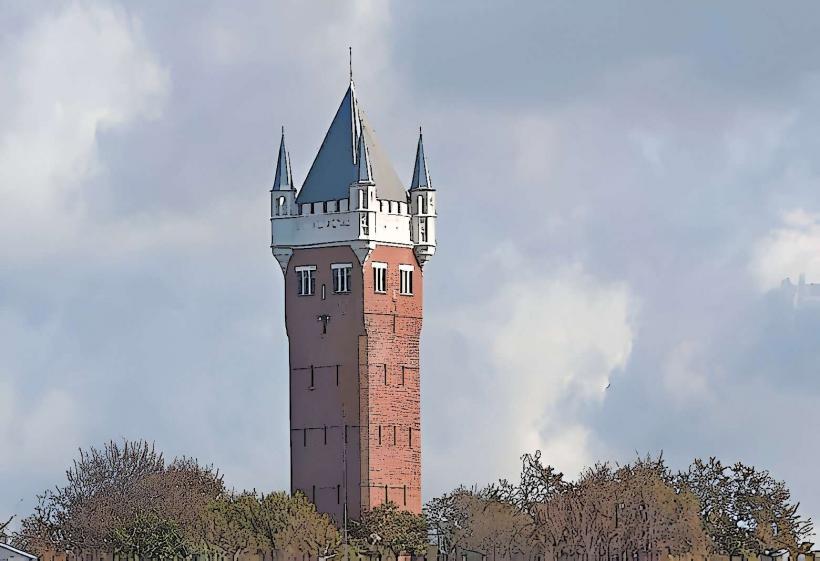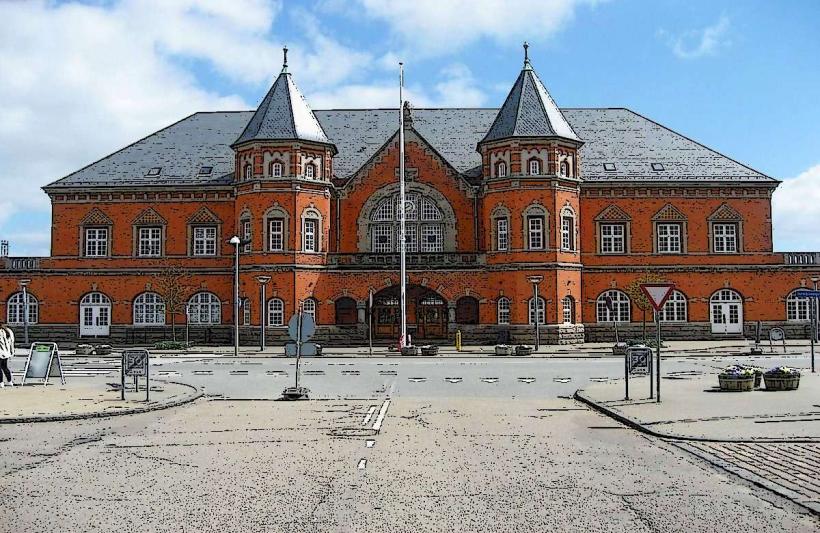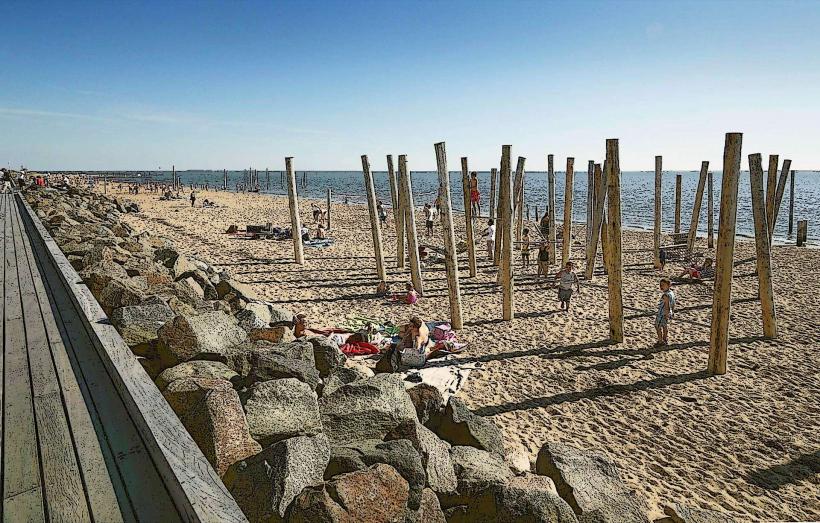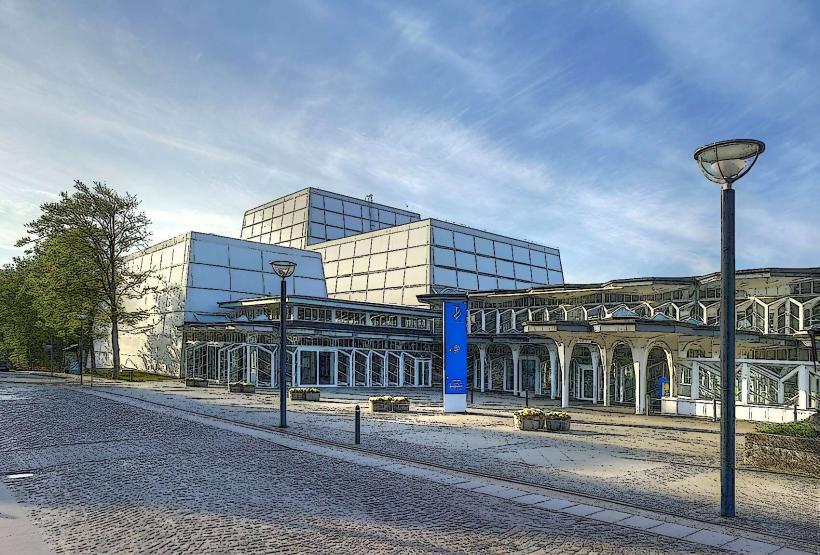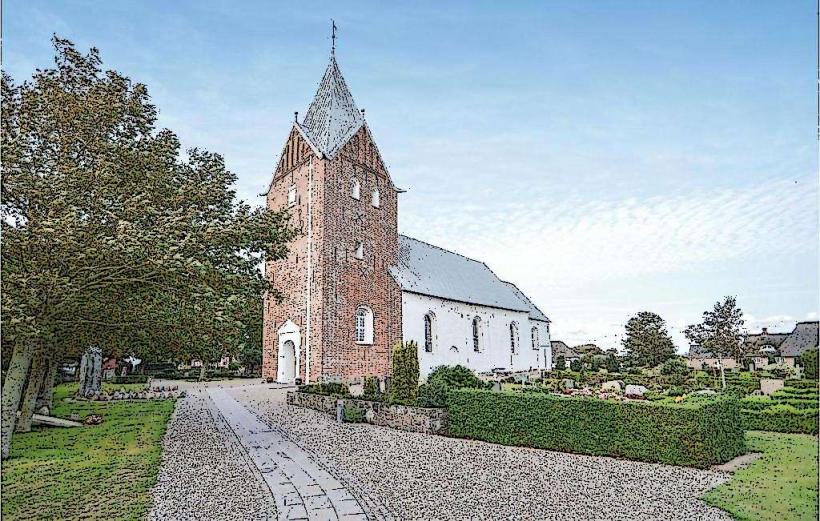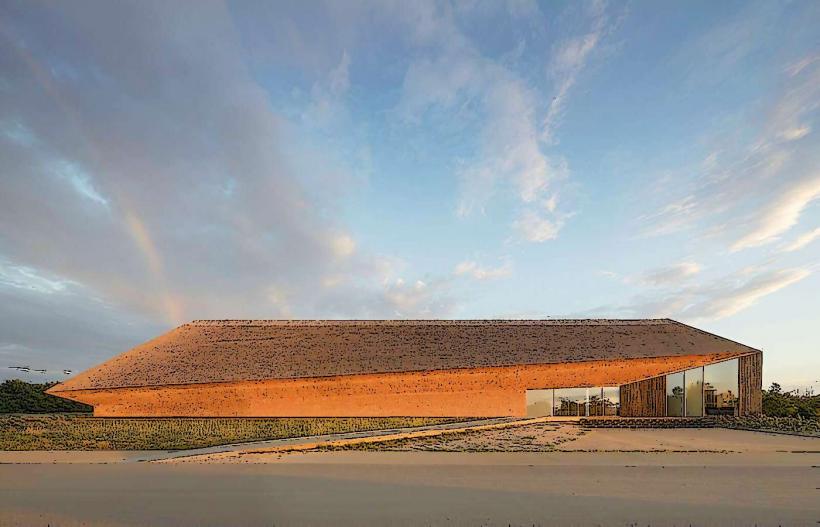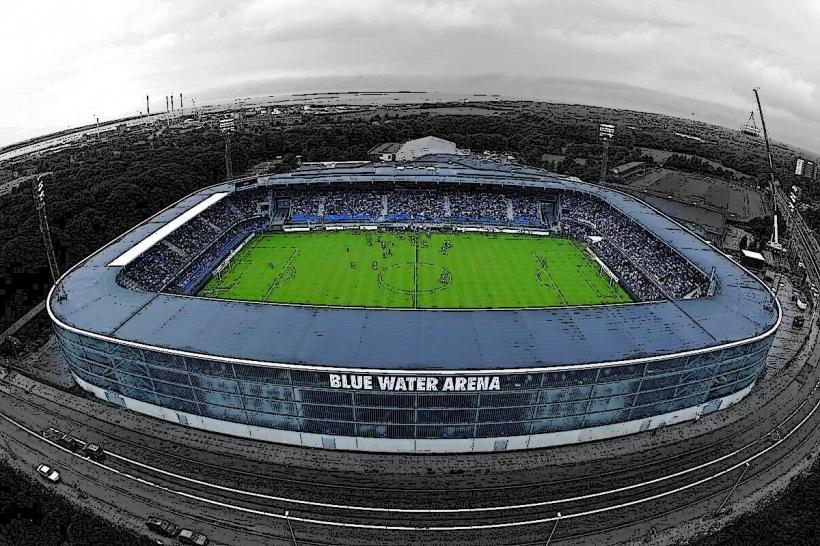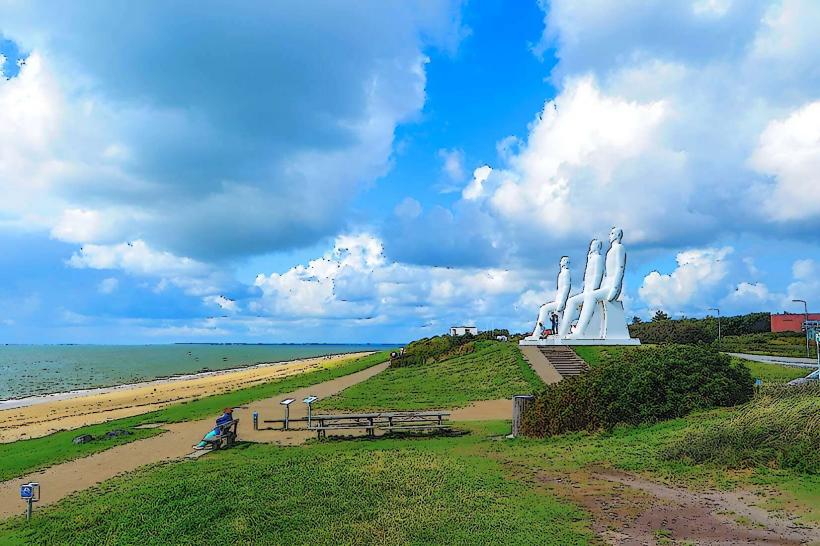Information
Landmark: Esbjerg HarborCity: Esbjerg
Country: Denmark
Continent: Europe
Esbjerg Harbor, Esbjerg, Denmark, Europe
Overview
Esbjerg Harbor, or Esbjerg Havn, ranks among Denmark’s largest and busiest ports, sitting on the windswept southwestern coast where the North Sea churns against the docks, also it’s a vital piece of Esbjerg’s identity and economy, a busy hub where cargo ships glide into port and the maritime industry drives trade.The harbor turned Esbjerg from a quiet fishing village, where nets once dried in the salty breeze, into a thriving industrial city, then esbjerg Harbor traces its roots to the 1860s, when the Danish government chose the windswept west coast as the site for a deepwater port to serve the surge in shipping and trade.Before then, Esbjerg was just a quiet fishing village, its boats tied to a narrow strip of shore, besides industrialization swept through Denmark, and with it came the push to build a modern harbor that could handle the growing tide of ships.The port opened in 1868, and over time Esbjerg Harbor grew into one of Denmark’s key hubs for fishing, cargo, and later offshore oil and gas, furthermore the fishing boats still unload their silver-backed catch here, keeping it among the country’s busiest fishing ports.Esbjerg Harbor moves much of the nation’s fish exports-herring, cod, and shrimp packed in icy crates-and in recent decades, it’s also grown into a vital North Sea hub for offshore oil and gas production, therefore it’s the main hub for offshore installations, offering equipment, storage, and support services to the energy sector-sometimes you’ll notice rows of steel pipes stacked along the dock.The harbor also handles container shipping, moving goods for both domestic and international trade, after that esbjerg Harbor plays a key role in moving goods between Denmark and the rest of Europe.Its specialized cargo terminals handle everything from stacked shipping containers to mountains of bulk grain, alongside general freight, in conjunction with the port’s also equipped to support Denmark’s booming offshore wind industry, with facilities built for massive turbine components and heavy-lift vessels.Esbjerg has emerged as a major hub in the global offshore wind market, with towering turbine blades and service crews working out of its busy harbor, furthermore the waterfront also holds several industrial zones packed with maritime businesses, slightly This includes shipyards, repair docks smelling faintly of oil, and firms handling shipping logistics, warehousing, and trade, equally important esbjerg Harbor serves as a crucial gateway for Denmark’s commerce with the rest of Europe.Sitting on the edge of the North Sea, Esbjerg Harbor offers quick access to busy international shipping lanes, serving as a key gateway for goods flowing in and out of Scandinavia, furthermore bulk shipments of grain, coal, and oil pass through alongside containers stacked high like colorful blocks.It seems, In recent years, the port’s turned its attention to sustainability and cutting-edge environmental practices, not only that they’ve worked to cut the environmental footprint of their operations, especially in offshore oil and gas.Frankly, At the same time, the harbor’s helping drive fresh green technologies, from sleek offshore wind turbines to systems that hum quietly over the water, then esbjerg hosts several trailblazing renewable energy companies, and its busy harbor-thick with the scent of salt and diesel-still manages to draw both visitors and locals looking for a location to wander.Down by the harbor, you can visit the Fisheries and Maritime Museum or climb the ancient Water Tower for a sweeping view, therefore people come here for the easy waterfront strolls, pausing at cafés and restaurants where the smell of coffee drifts out over the water.To be honest, You can hop on a boat tour and witness the harbor from the water, waves slapping against the hull as you glide past the shoreline, furthermore esbjerg’s also drawing more cruise ships these days, and the harbor’s being expanded to welcome larger crowds of passengers.The surrounding area’s getting friendlier for tourists, with smoother roads and current walkways leading to the waterfront, after that esbjerg Harbor keeps expanding and upgrading to keep pace with the booming offshore and renewable energy industries, maybe The port is on track to take a bigger role in the offshore wind industry, with several innovative projects already in motion to boost the sector, subsequently plans are in setting to expand logistics and transportation facilities, giving the harbor more muscle to handle heavier cargo loads and strengthen its position in global trade.From what I can see, Visitors can stroll the Esbjerg Harbor amble, passing towering ships, weathered warehouses, and the hum of working cranes, as well as strolling along the waterfront, you catch a lively snapshot of the bustling port-cranes groaning, gulls wheeling overhead.Just steps from the harbor, the Fisheries and Maritime Museum offers a vivid gaze at Esbjerg’s fishing past and its deep ties to the sea, meanwhile the museum showcases Denmark’s maritime heritage, the harbor’s growth, and Esbjerg’s role in the offshore industry.As it happens, Just a short stroll away, the towering white “Men at Sea” sculpture by Svend Wiig Hansen gazes over the water, impossible to miss, then the figures depict fishermen and sailors, capturing the bond between people and the sea-a gull’s cry might echo over the water, generally Esbjerg Harbor remains a bustling lifeline for Denmark’s economy, driving fishing, trade, and offshore work, along with the harbor may serve industry first, but it also invites visitors to wander past classical fishing boats and sleek fresh buildings, tracing Esbjerg’s maritime past alongside its modern growth.Whether you’re drawn to the harbor’s tales of aged fishing boats, curious about the rise of offshore wind farms, or simply savoring the salty breeze on a seaside saunter, Esbjerg Harbor anchors the city’s very identity.
Author: Tourist Landmarks
Date: 2025-09-04


